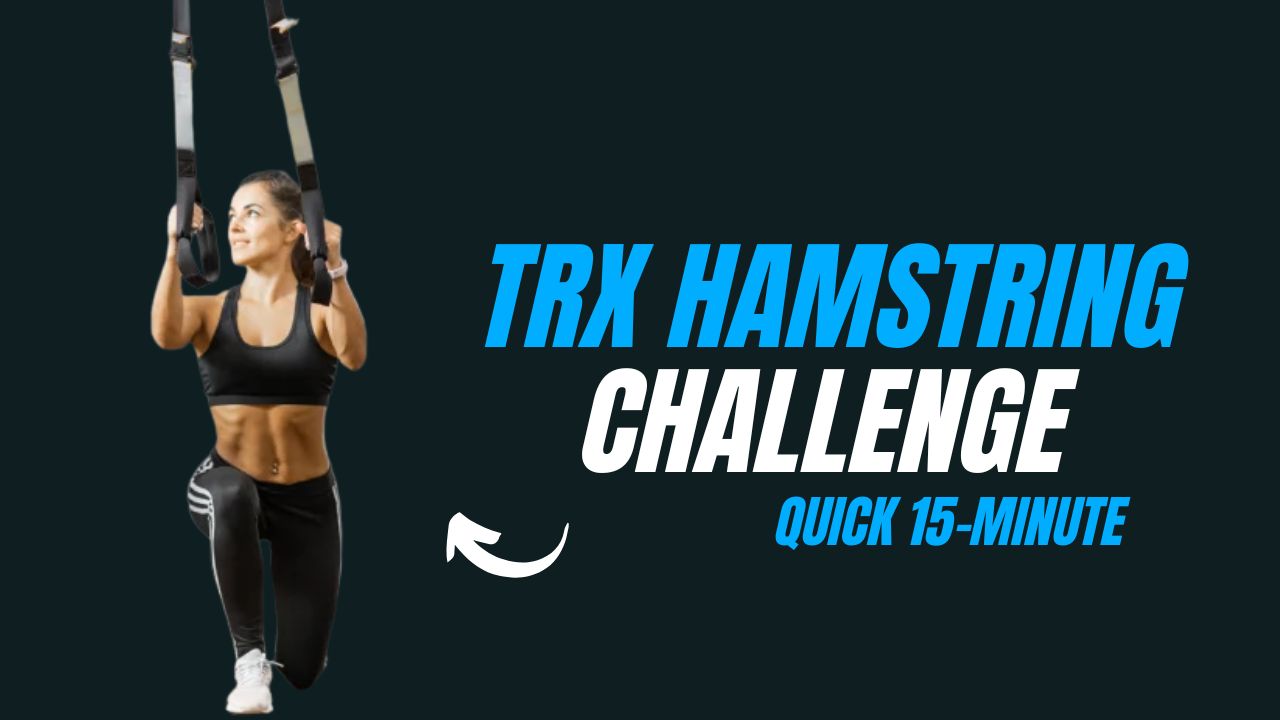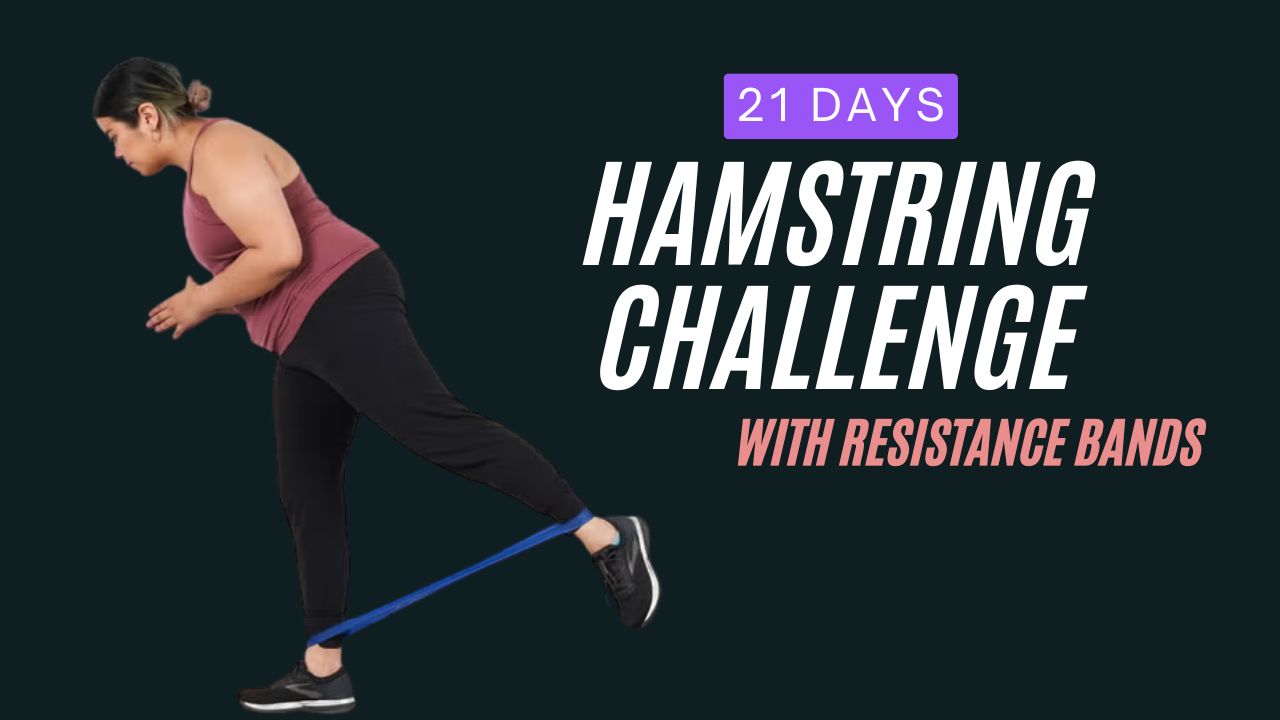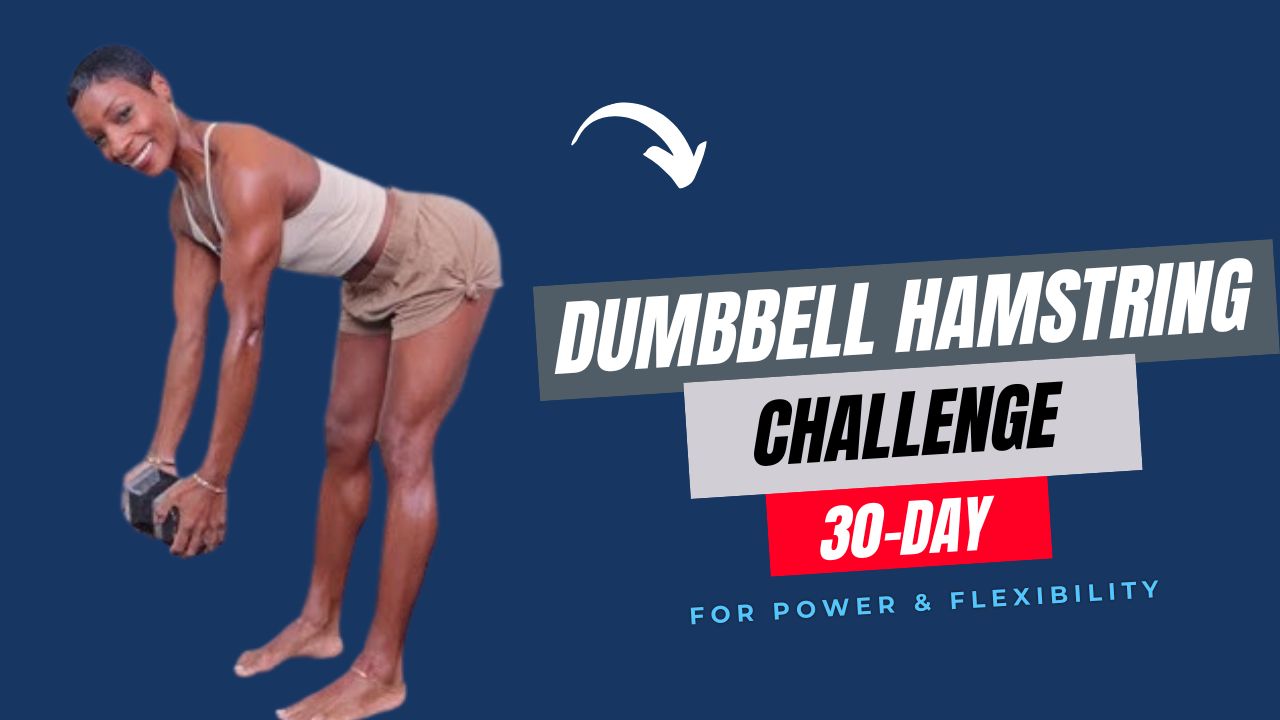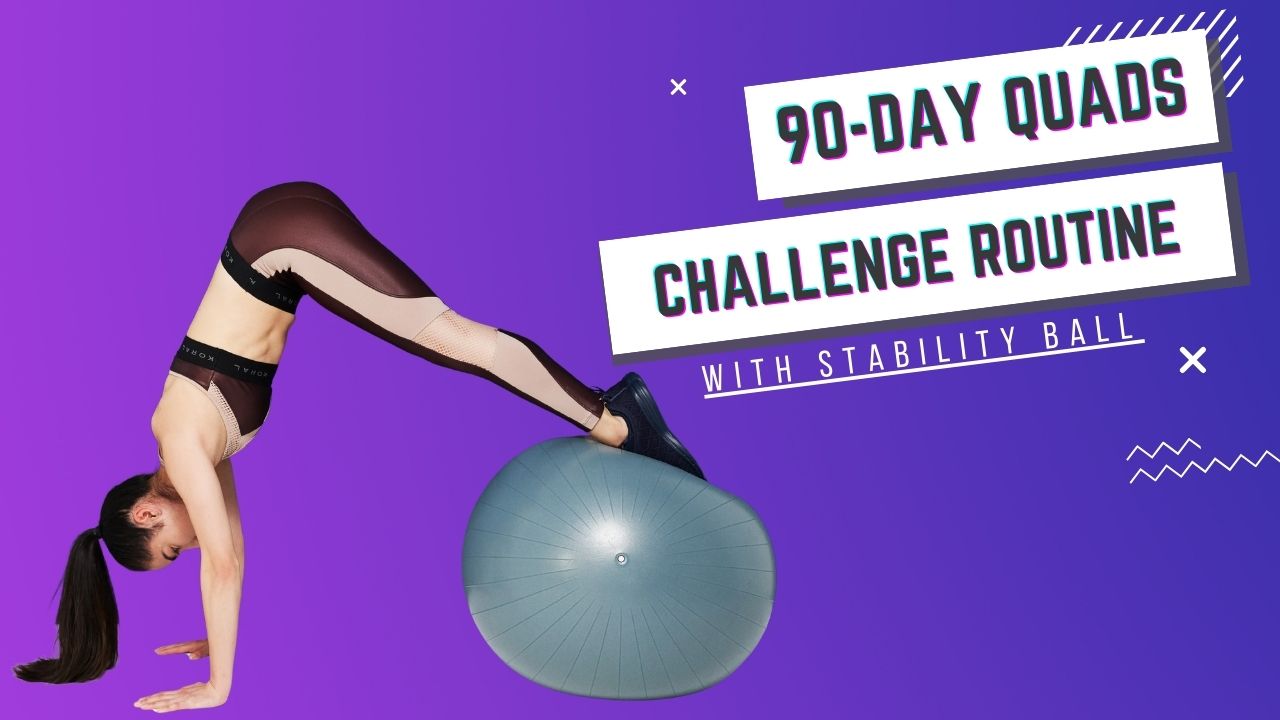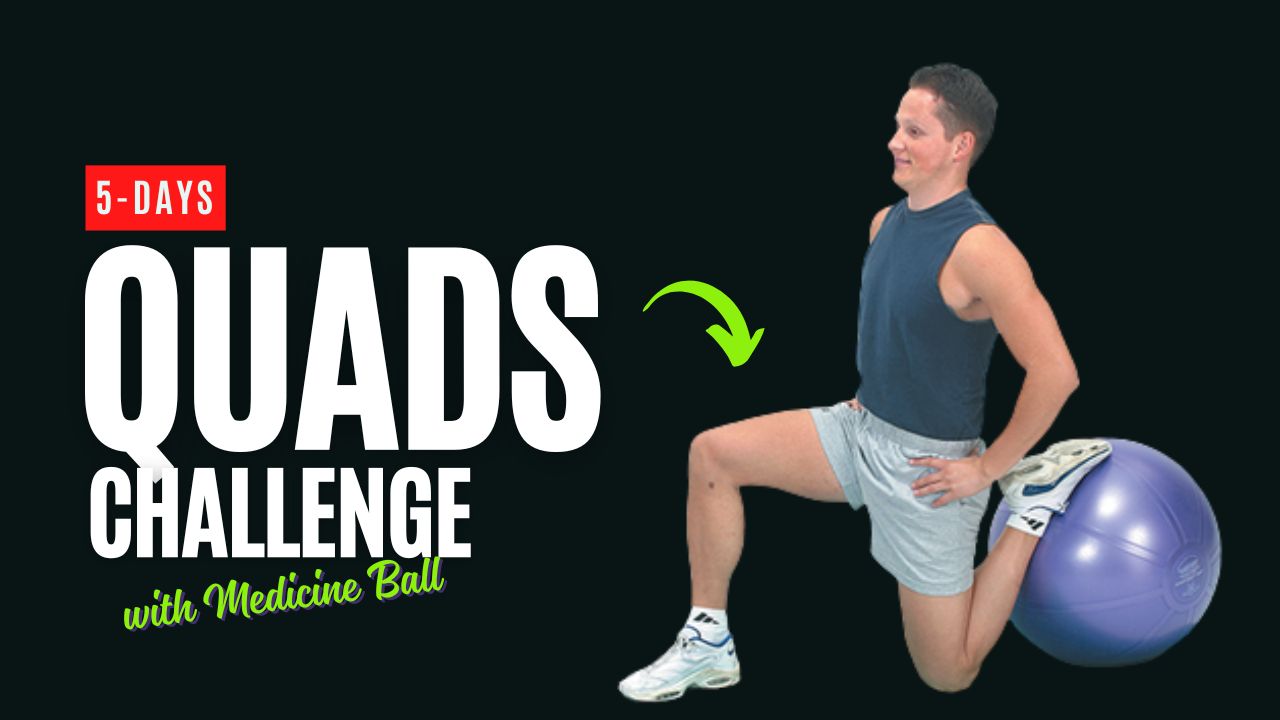If you’ve ever wondered why professional athletes, dancers, and even martial artists move so effortlessly, the answer often lies in their core stability and balance.
A strong core doesn’t just give you toned abs—it’s the foundation of nearly every movement your body performs. From standing upright to twisting, bending, or even carrying groceries, your core is your center of power.
Here’s something interesting: 80% of adults experience back pain at some point in their lives, and weak core muscles are one of the biggest culprits.
That’s where the TRX suspension trainer comes in. Unlike traditional crunches or sit-ups, TRX training challenges your stability by using your own body weight, making your muscles fire up in ways they never do on the floor.
This 10-minute TRX Core Training Challenge is designed to build strength, balance, and stability—all while pushing your muscles to work harder through suspension resistance. In just 10 minutes, you’ll train smarter, not longer.
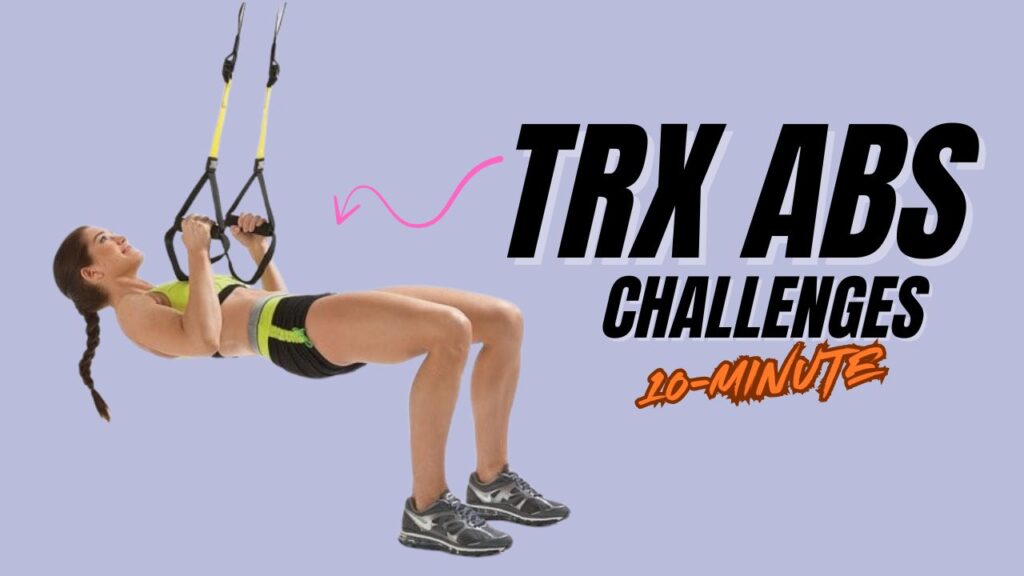
Table of Contents
The Science of TRX Training
TRX (Total Resistance Exercises) was originally developed by Navy SEALs who needed effective workouts in small spaces with limited equipment.
What makes TRX special is the instability factor. When you perform core moves while suspended, your muscles constantly adjust to keep your body stable, activating deep abdominal and stabilizing muscles that regular ab workouts often miss.
Did You Know?
Traditional sit-ups mainly target the rectus abdominis (the “six-pack” muscle). TRX exercises engage not only that but also your transverse abdominis, obliques, lower back, hips, and glutes—giving you a full 360-degree core workout.
What Can Happen After 30 Days of This TRX Core Challenge
| Benefit Area | What to Expect |
|---|---|
| Core Strength | Noticeably stronger abs and deeper engagement of stabilizing muscles. |
| Balance & Stability | Improved coordination and ability to maintain balance in daily activities. |
| Posture | Better spinal alignment and reduced slouching due to stronger core muscles. |
| Endurance | Increased muscular endurance in the core, shoulders, and hips. |
| Flexibility | Enhanced mobility in hips, shoulders, and thoracic spine. |
| Confidence | Feeling more confident in performing dynamic movements and workouts. |
| Body Awareness | Greater mind-muscle connection and improved control over movements. |
| Fatigue Resistance | Reduced mid-day fatigue as your core and stabilizers become more efficient. |
Do’s & Don’ts for TRX Core Training
| Do’s | Don’ts |
|---|---|
| Warm up properly before starting the workout to prevent injury. | Skip the warm-up; it increases the risk of muscle strain. |
| Keep your core engaged throughout each exercise for maximum benefit. | Let your hips sag or arch excessively during planks and other moves. |
| Maintain proper form rather than rushing through reps. | Perform exercises too quickly, compromising technique. |
| Start with modified versions if you are a beginner and progress gradually. | Attempt advanced variations without building foundational strength first. |
| Focus on controlled breathing to enhance stability and endurance. | Hold your breath during exercises; it can increase tension and fatigue. |
| Rest briefly between exercises to recover while keeping intensity high. | Overexert yourself without adequate rest, leading to poor performance. |
| Use a secure anchor point for your TRX straps. | Attach TRX to unstable or weak surfaces that may cause accidents. |
| Listen to your body—stop if you feel sharp pain or discomfort. | Ignore pain signals; pushing through may cause injury. |
The 10-Minute TRX Core Training Exercises
Below, you’ll find 8 TRX exercises carefully chosen to improve both core strength and balance. For each exercise, you’ll get:
- A short description of why it works.
- A step-by-step “How To” guide.
1. TRX Plank Hold
Why it works:
The plank is already a powerhouse move for your abs. With your feet in TRX straps, your body has to work overtime to remain stable, engaging every muscle in your midsection.
How to:
- Adjust the TRX straps so they hang just above the ground.
- Place your feet into the loops and position yourself in a forearm plank (elbows under shoulders).
- Keep your body in a straight line from head to heels.
- Hold for 20–40 seconds while keeping your abs tight and hips level.
2. TRX Mountain Climbers
Why it works:
A cardio-core combo, this exercise not only builds abdominal endurance but also elevates your heart rate for calorie burn.
How to:
- Start in a push-up position with feet suspended in TRX loops.
- Drive one knee toward your chest while keeping your core tight.
- Switch legs quickly, as if running in place.
- Continue alternating for 30–45 seconds.
Myth Buster:
Many believe mountain climbers are just for cardio. In reality, they also strengthen hip flexors, shoulders, and stabilizers.
3. TRX Pike
Why it works:
This exercise intensely targets your lower abs while improving body control and balance.
How to:
- Begin in a push-up position with feet in TRX straps.
- Keeping legs straight, lift your hips toward the ceiling, forming an inverted “V.”
- Slowly lower back to start.
- Perform 10–12 controlled reps.
4. TRX Oblique Crunch
Why it works:
Strong obliques are essential for rotation, balance, and preventing lower back injuries.
How to:
- Start in a push-up position with feet suspended.
- Bring your knees toward your right elbow, crunching your obliques.
- Return to start and repeat on the left side.
- Perform 8–10 reps each side.
5. TRX Body Saw
Why it works:
This move mimics a plank but adds a sliding motion, forcing your abs to resist extension and strengthening your deep stabilizers.
How to:
- Start in a forearm plank with feet in straps.
- Gently shift your body forward, then push backward as far as you can without losing form.
- Keep hips level throughout the motion.
- Perform 12–15 controlled reps.
Did You Know?
The TRX Body Saw engages the serratus anterior, often called the “boxer’s muscle,” which helps stabilize the shoulder blade.
6. TRX Side Plank with Hip Dip
Why it works:
This variation targets the obliques and challenges balance through unilateral suspension.
How to:
- Place your top foot in the TRX strap while lying on your side.
- Lift into a side plank, supporting yourself on one forearm.
- Lower your hips toward the ground, then lift back up.
- Perform 8–10 reps per side.
7. TRX Knee Tucks
Why it works:
Knee tucks are great for building functional strength and improving hip mobility.
How to:
- Start in a push-up position with feet in straps.
- Pull both knees toward your chest, keeping your core tight.
- Extend legs back to start without sagging hips.
- Perform 12–15 reps.
8. TRX Plank Jacks
Why it works:
This combines the plank with a jumping jack motion, targeting the core while improving cardiovascular endurance.
How to:
- Begin in a push-up position with feet suspended.
- Jump your legs apart, then bring them back together while keeping your core tight.
- Maintain a steady pace for 20–30 seconds.
Fact:
Unlike floor plank jacks, suspension training reduces joint stress while increasing muscle activation.
Structuring the 10-Minute TRX Core Challenge
Here’s how you can put these exercises together into a quick but effective 10-minute routine. Perform each move for the recommended duration or reps, resting for 15–20 seconds between exercises. Complete 2 rounds for a total of 10 minutes.
TRX Core Challenge Routine (10 Minutes)
| Exercise | Duration/Reps | Rest |
|---|---|---|
| TRX Plank Hold | 30–40 seconds | 15s |
| TRX Mountain Climbers | 30–45 seconds | 15s |
| TRX Pike | 10–12 reps | 15s |
| TRX Oblique Crunch | 8–10 reps each side | 15s |
| TRX Body Saw | 12–15 reps | 15s |
| TRX Side Plank Hip Dip | 8–10 reps per side | 15s |
| TRX Knee Tucks | 12–15 reps | 15s |
| TRX Plank Jacks | 20–30 seconds | 15s |
Round 1: Perform all exercises once.
Round 2: Repeat the circuit.
Conclusion: Take the TRX Core Challenge Beyond 10 Minutes
This 10-minute TRX Core Training Challenge proves that short, focused workouts can deliver incredible results for your balance, stability, and core strength.
By combining dynamic suspension moves with controlled holds, you’re not just working your abs—you’re training your entire body to move more efficiently in daily life and sports.
But don’t stop here. Think of this challenge as your starting point. As your strength and balance improve, you can:
- Extend the duration: Add an extra round to make it a 15-minute workout.
- Increase intensity: Reduce rest to just 10 seconds or slow down each rep for more time under tension.
- Progress the moves: Advance from basic planks to more challenging variations like TRX pike-to-push-up combos.
- Combine with other workouts: Use this routine as a core finisher after strength training or cardio sessions.
The key is consistency. Aim to complete this challenge 3–4 times per week, then gradually layer in progressions to keep your core adapting. In just a few weeks, you’ll notice stronger abs, better balance, and a more stable foundation for every activity you take on.
Frequently Asked Questions (FAQs)
Do I need prior experience with TRX to do this workout?
No, this challenge is suitable for beginners and intermediate users. Start with shorter holds or fewer reps if needed, and gradually increase as your strength and balance improve.
How often should I perform this 10-minute TRX core challenge?
For optimal results, aim for 3–4 times per week, allowing at least one day of rest in between to let your muscles recover.
Can this workout help reduce belly fat?
While TRX core exercises strengthen and tone your abs, fat loss depends on overall calorie burn and nutrition. Combine this routine with cardio and a balanced diet for best results.
How long will it take to see improvements in balance and core strength?
Most people notice improved stability and core engagement within 2–3 weeks, especially when performing the challenge consistently. Visible muscle toning may take 4–6 weeks.
Can I do this workout at home without other equipment?
Yes! You only need a TRX suspension trainer anchored to a sturdy door, ceiling mount, or outdoor anchor point. No additional equipment is required.
What if I can’t complete all the reps or hold the plank for the suggested duration?
It’s perfectly fine. Modify the exercise by reducing reps or holding for shorter intervals, then gradually build up over time. Form and stability are more important than speed or duration.
Is this workout safe for people with back or shoulder issues?
If you have existing injuries, consult a healthcare professional before attempting suspension training. Start with low-intensity variations and avoid moves that cause pain.
Can I combine this TRX core challenge with other workouts?
Absolutely. It works well as a core finisher after strength training, cardio sessions, or yoga, enhancing overall stability and muscle engagement.
Do I need to warm up before starting this 10-minute challenge?
Yes, even though it’s short. A 3–5 minute warm-up like marching in place, shoulder rolls, or dynamic stretches helps prevent injury and improves performance.





